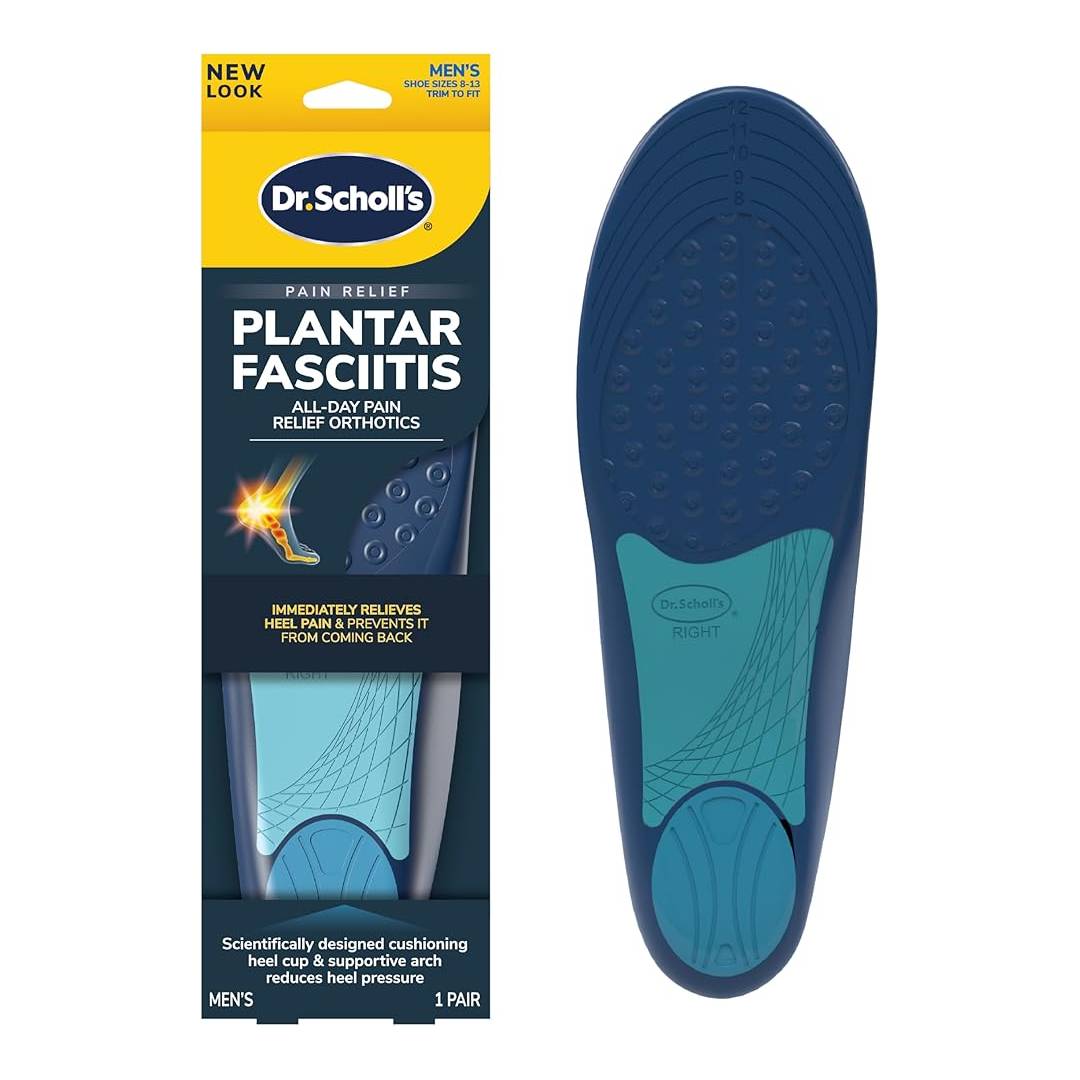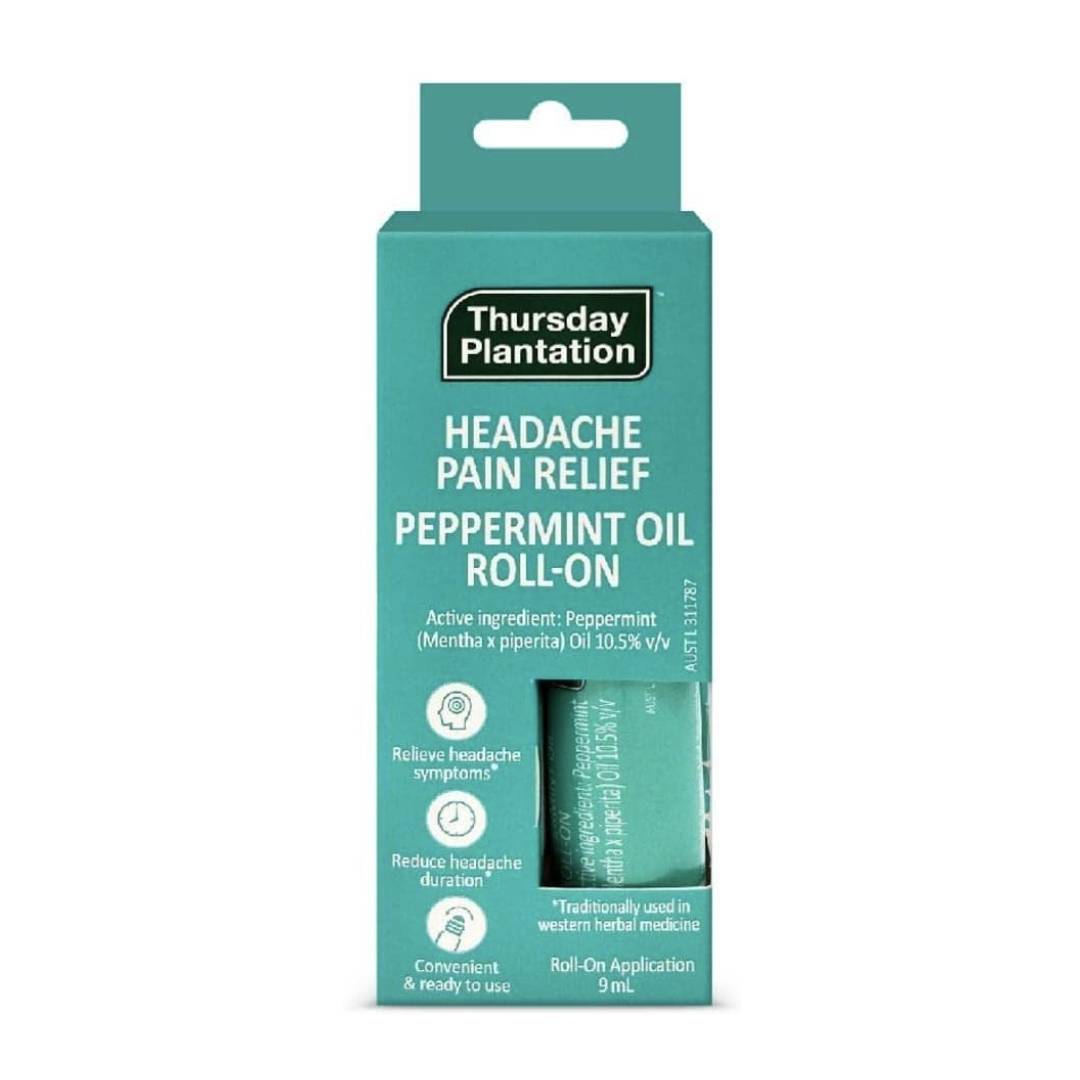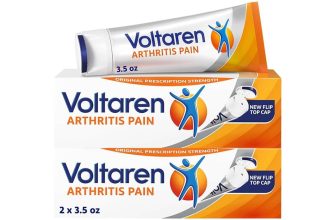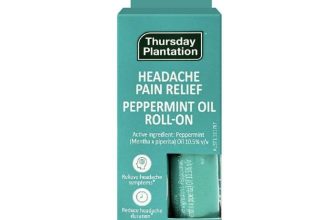
Walking Without Pain: A Personal Journey with Dr. Scholl’s Pain Relief Insoles
Understanding Plantar Fasciitis: The Culprit Behind Foot Pain
Have you ever woken up only to feel a sharp, stinging pain in your heel the moment you put your foot on the floor? If so, you might be experiencing plantar fasciitis, a common ailment that’s the leading cause of heel pain. Trust me, you’re not alone in this; over 3 million cases are reported each year in the United States alone. Let’s delve into what this condition is, what causes it, and how it can significantly affect your daily life.
What is Plantar Fasciitis?
At its core, plantar fasciitis is the result of inflammation of the plantar fascia. This thick band of tissue connects your heel bone to your toes and supports the arch of your foot. When this tissue becomes irritated or inflamed, it leads to that notorious heel pain. While it can affect anyone, it’s especially common among runners and those with occupations that require long hours of standing.
Common Symptoms and Causes
- Symptoms: The most recognizable symptom is that sharp heel pain, which often strikes after waking up or after sitting for extended periods. You might feel relief as you walk, but the pain can return after long activities.
- Causes: Several factors contribute to the likelihood of developing plantar fasciitis. Age is one, as the condition is commonly seen in adults between 40 and 60. Other contributors include obesity—which adds stress to your plantar fascia—as well as foot mechanics such as flat feet, high arches, or abnormal walking patterns. Certain types of exercise, particularly high-impact activities, can also increase your chances of developing this condition.
Dr. Jane Footcare succinctly summarizes this struggle:
“Plantar fasciitis not only limits your mobility but can also interfere with your everyday activities.”
This quote captures the essence of the impact plantar fasciitis has—not just on those who live an active lifestyle, but on anyone whose daily routine involves walking or standing.
Impact on Daily Life
Imagine trying to enjoy a leisurely walk in the park or participate in a social gathering where you need to be on your feet. For someone with plantar fasciitis, each step can feel like a daunting task. Whether it’s an early morning jog, a long day at work, or simply running errands, the constant reminder of heel pain can not only make these experiences uncomfortable but can discourage you from engaging in physical activities altogether.
For instance, if you’re someone who enjoys running, you might have started to notice that your usual routine is now filled with discomfort and frustration. Even casual walking could become an arduous challenge, making you rethink your lifestyle choices. You’ll start to weigh the pros and cons of participating in activities that were once enjoyable. It’s not just about foot pain—it’s about how that pain cascades into your physical and emotional wellbeing.
Real Life Examples
Take a moment to think about your own experiences or those of friends. Perhaps you’ve heard someone mention that their plantar fasciitis made them reconsider their workplace ergonomics or how often they must take breaks while standing. Each story adds a layer to the understanding of the condition. It’s not merely a physical issue; it evolves into a lifestyle adjustment for many. How do we adapt? That usually involves exploring solutions that not only address the symptoms but also promote long-term relief.
Solutions and Management
Although plantar fasciitis can be a significant nuisance, the good news is that there are effective methods to manage and alleviate the pain. Adopting proper footwear with supportive insoles can work wonders. For instance, products like Dr. Scholl’s Pain Relief Insoles specifically designed for men can provide the necessary arch support and cushioning. These insoles not only help protect the sensitive heel area but also stabilize the plantar fascia itself. Additionally, consider integrating stretching exercises into your routine to keep your feet flexible and healthy.
In terms of data, you’ll find that minimizing morning pain is crucial. The earlier in the day you can walk with comfort, the more likely you are to maintain an active lifestyle. The goal is to either alleviate the pain entirely or manage it effectively so you can continue to do the things you love.
As you navigate through this experience, remember that acknowledging your pain is the first step. You’re not alone; millions are dealing with the same challenges. With the right lifestyle adjustments and support, there’s hope for a pain-free future!
Personal Testimony: My Experience with Dr. Scholl’s Insoles
When you first step into a new pair of insoles, it’s like a first date—there’s that thrilling mix of excitement and skepticism. Just like you, I had my doubts about whether Dr. Scholl’s insoles could really work wonders for my plantar fasciitis. I had seen so many glowing reviews, and with a decent rating of 4.4 out of 5 stars from over 50,000 ratings on Amazon, I decided to take a leap of faith. Could these slip-ins actually be the solution I had been searching for?
The moment I peeled back the packaging and held those blue insoles, I was surprised by the plush comfort of the memory foam. It was the kind of softness that immediately made you want to sink your feet right into it. But would the comfort translate into tangible relief? I carefully adjusted them into my shoes, taking the time to make sure everything was perfectly in place. The first few steps I took felt like walking on clouds. “This could be it,” I thought to myself, tentatively optimistic.
As the days rolled into weeks, I found myself adjusting to the insoles better than I initially anticipated. Sure, the first day was a bit of a challenge; I felt different sensations in my feet that I hadn’t experienced before. You might ask yourself, “Is this normal?” It absolutely is! While you’re getting used to a new support system, your feet may have a slight adjustment period, and rest assured, it’s perfectly normal. With each wearing, I began to notice a gradual reduction in discomfort. With consistent use, my daily routines began to change—I could walk, run, and even stand without that nagging pain gripping my heels. It was like the weight of the world lifted off my feet.
Real-life impact? You’d be amazed at the difference simple insoles can make! Activities that once felt like a chore transformed into joyful moments. Grocery shopping became less of a hassle, and outdoor strolls with friends transformed from a struggle into pleasant adventures. As the days passed, I thought back to the quote I had come across when first researching Dr. Scholl’s:
“These insoles have given me my life back! I can finally start jogging again after months of pain.”
That sentiment resonates deeply even now. The ability to jog again was something I thought I had lost, especially when the pain was at its worst. Who knew that a simple pair of insoles could catalyze such a change?
The insoles are clinically proven to relieve and prevent the all-day pain commonly associated with plantar fasciitis. With reinforced arch support, they stabilize the plantar fascia and help prevent it from stretching excessively, providing you with much-needed support. In addition to this, the shock-absorbing heel cushion offers protection for sensitive heel areas, significantly reducing the likelihood of experiencing morning plantar fasciitis pain—a nasty wake-up call for many.
If you’re contemplating trying these insoles, I say go for it! You may want to check out not just online reviews, but also the hands-on experiences shared by others. The comfort, quality, and support this product offers cannot be overstated, and many customers have praised it for precisely those reasons. Consider that many who purchased the Dr. Scholl’s insoles complimented the product for being “the best of the best” and noted how drastically it improved their day-to-day comfort.
The journey to overcoming pain can feel overwhelming, but having the right support—like these memory foam insoles—can make such a significant difference. With these insoles, I reclaimed my ability to enjoy activities that once seemed so daunting, and I believe you can do the same. Every step you take in Dr. Scholl’s insoles can be seen as a step toward a pain-free life, whether it’s a leisurely walk in the park or exercising more intensely. Don’t hesitate to embark on a journey that not only supports your feet but also rejuvenates your spirit!
Tips for Choosing the Right Insoles: A Practical Guide
Finding the perfect insoles can make a world of difference for your feet. It’s not just about comfort—it’s about pain reduction and overall foot health. To help steer you in the right direction, here are some practical tips for choosing the right insoles tailored to your specific needs.
1. Consider Your Foot Type and Arch Support Needs
First and foremost, understanding your foot type is critical. Do you have high arches, flat feet, or a neutral arch? This knowledge will significantly influence your choice of insoles. For instance:
- High Arches: People with high arches typically need more support and cushioning. They might benefit from insoles designed with extra padding that can absorb impact.
- Flat Feet: If you’re flat-footed, stability is key. Look for insoles that provide a firmer arch support to help prevent any further stretching of the plantar fascia, which can exacerbate discomfort.
Understanding your foot type affects the effectiveness of the insoles you choose. The right insole not only enhances comfort but also can alleviate pain over the long run. As a Bootcamp Trainer once said,
“The right insole can transform your shoes and how you feel throughout the day.”
2. Read Reviews and Customer Experiences
Don’t underestimate the power of customer reviews. These insights can offer additional context beyond what a product description can tell you. Even though manufacturers will tout their insoles as the best on the market, real users can provide you with valuable information regarding:
- Comfort levels over extended use.
- How the insoles hold up after months of wear.
- Any specific issues they encountered that might resonate with your own foot concerns.
For example, many customers rave about the pain relief they experience after switching to a certain insole brand, while others may warn against squeaky noises or a lack of cushioning. Real-world feedback will guide your decision-making process. Knowing what other users have faced can steer you towards finding insoles that work effectively for you.
3. Try Before You Buy Whenever Possible
This is perhaps one of the most practical tips—buying insoles can feel a bit like dating; you have to find the right fit! If possible, visit physical stores to try different insoles. This allows you to assess:
- The fit and feel of each insole.
- If you can easily place them in your favorite shoes.
- How they affect your balance and comfort while walking around the store.
Insoles can feel incredibly different in the confines of a store versus the comfort (or discomfort) of your home. Testing them out can prevent the hassle of returns later and ensures you choose wisely the first time around.
Understanding the Impact of Your Choice
When it comes to foot health, the consequences of selecting the wrong insoles can amplify pre-existing issues. For example, choosing poorly fitted or inadequate insoles can exacerbate plantar fasciitis, causing you to dread every step you take. Many products, like Dr. Scholl’s Pain Relief for Plantar Fasciitis, emphasize arch support and cushioning. They claim to help relieve the all-day pain associated with this condition, reinforcing the notion that making an informed choice can greatly enhance quality of life.
Appreciating Personal Experiences
Listening to real-life experiences can be enriching. For instance, one customer shared how their plantar fasciitis led to heel pain that affected their everyday activities. After trial and error with various insoles, they finally found relief. Such testimonies remind us that investing in the right product can be a game changer. Many customers echo this sentiment, expressing relief from pain and newfound stability in their daily activities.
Incorporating the Right Keywords
As you navigate through the vast world of insoles, keep in mind the practical advice from this guide. Keywords like choose insoles, arch support, and customer reviews can be your allies in searching for information online. These terms not only point you toward the products that might work for you but also connect you to extensive discussions and resources available on foot health.
Ultimately, choosing the right insoles is less about the flashy packaging and more about understanding your own feet. By taking the time to consider your foot type, reading other people’s experiences, and testing products firsthand, you will be well on your way to alleviating your foot discomfort and embracing happier, healthier steps.
Maintenance and Care: Making Your Insoles Last Longer
Your insoles are crucial for maintaining comfort and preventing pain in your feet. But just like any good pair of shoes, they require some TLC (tender loving care) to keep them in optimal shape. Caring for your insoles not only extends their lifespan but also significantly enhances overall foot hygiene. Here’s how you can ensure your insoles serve you well for a long time.
Proper Cleaning Techniques and Tips
Cleaning your insoles is essential. However, soaking them in water is a no-go! Instead, grab a damp cloth or sponge to personally wipe away dirt and grime. This method is gentle yet effective, ensuring that the material and structural integrity of your insoles remain intact. You can also sprinkle some baking soda on them to absorb odors and freshen them up.
But remember: your insoles should be left to dry naturally; do not expose them to direct sunlight or intense heat. A well-ventilated area is ideal for drying because it prevents moisture buildup, which can lead to unpleasant odors and deterioration.
Signs It’s Time to Replace Your Insoles
Even the best insoles have a shelf life, typically ranging between 6 to 12 months based on your level of use. So how do you know when it’s time to let go? There are a few tell-tale signs:
- If you notice uneven wear patterns on the surface—whether it’s the arch support or cushioning areas—it’s a sign that they might not provide the support they once did.
- Persistent foot pain can be another indicator. If discomfort or pain returns consistently, it’s likely that your insoles have lost their original shape and cushioning.
- Odors that won’t go away even after cleaning. This could signal that bacteria or fungi have taken residence in the materials.
“Treat your insoles well, and they’ll treat your feet well in return.” – Podiatrist recommendation
How to Keep Them Fresh and Functional
Keeping your insoles fresh isn’t just about cleaning; it’s also about maintaining functionality. Here are some simple strategies:
- Store them properly: After use, store your insoles in a cool, dry place. Avoid crumpling or bending them.
- Alternate usage: If you own multiple pairs of insoles, rotating between them can reduce wear and tear.
- Monitor their condition: Regularly check for signs of wear; a little attention can save you from pain later!
Incorporating these practices into your foot care regime can revolutionize your daily comfort levels. A little investment in care can yield big returns, not only in the longevity of your insoles but also in the quality of your well-being.
Conclusion
Insoles may appear like a small part of your footwear but neglecting them can lead to significant consequences for your foot health. Regular maintenance, cleaning, and monitoring for wear will keep them functional and fresh. So, the next time you think about tossing your insoles aside, remember that taking care of them can pave the way for happier feet for months—and even years—to come.
TL;DR
Your insoles require regular care to maximize their lifespan and prevent foot discomfort. Use a damp cloth for cleaning, replace them when signs of wear become evident, and maintain proper ventilation to keep them fresh. These simple steps go a long way in ensuring comfort and health in your daily life.





